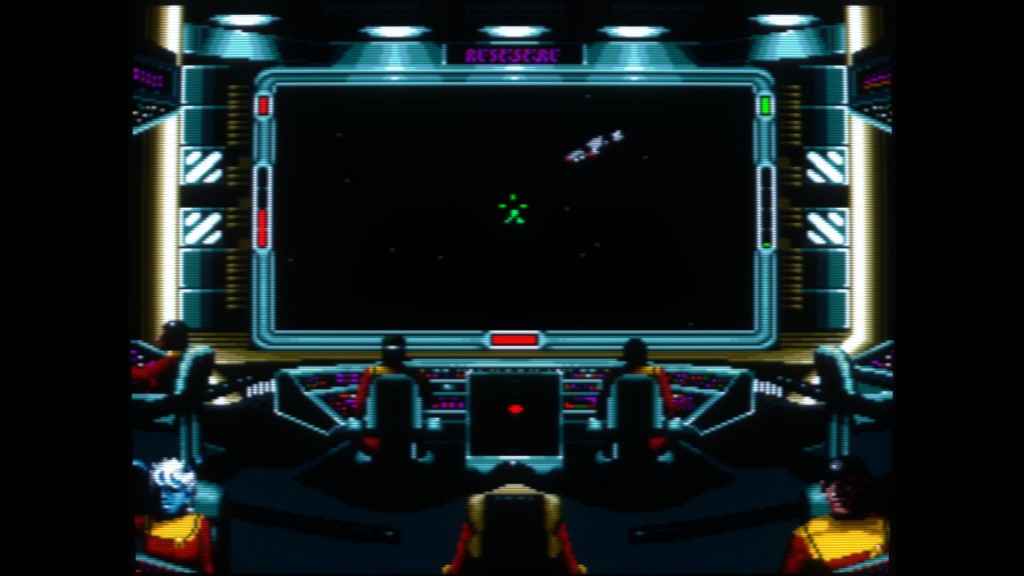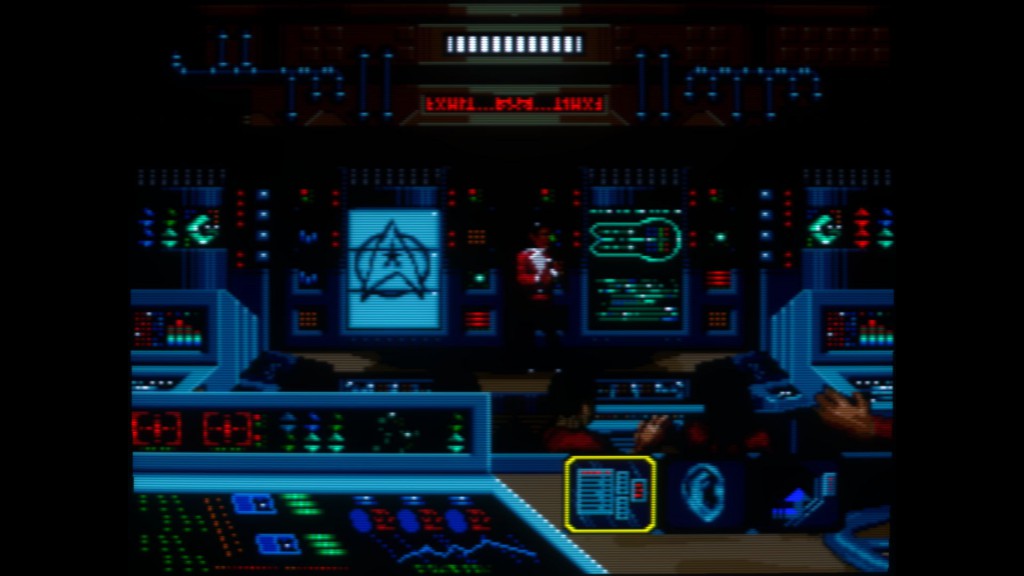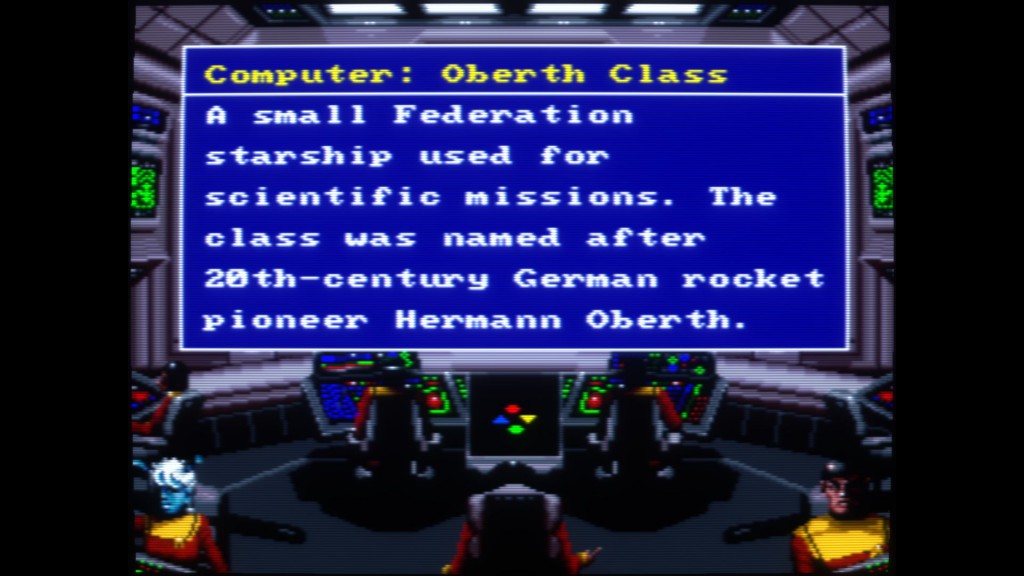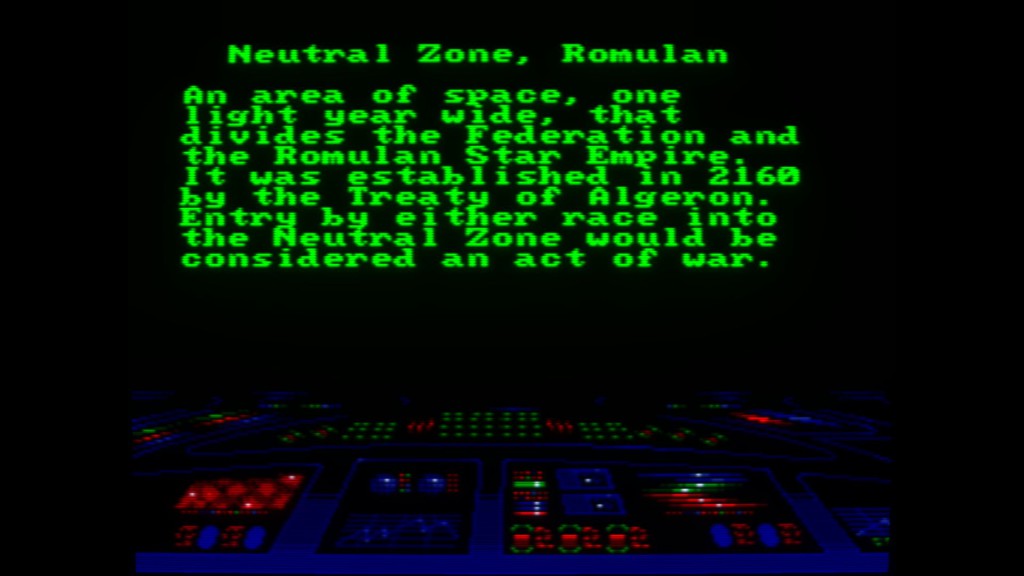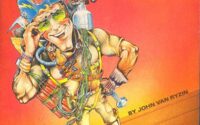Star Trek: Starfleet Academy Starship Bridge Simulator Review
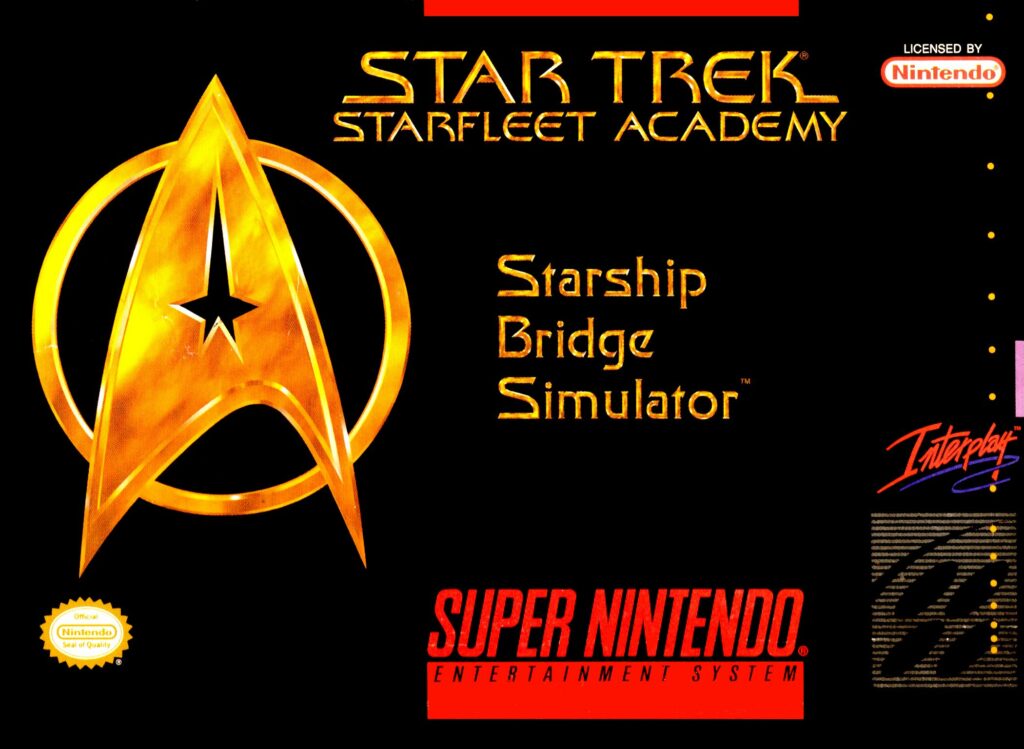
Slow and crude space simulator in the Star Trek universe.
Story
The renowned Starfleet Academy known to train the very best Starship commanders will now begin to train a new class of promising cadets. All the freshmen will be tested thoroughly in realistic Starship simulation programs but once they are deemed to have enough experience they’ll be doing live missions directly for the Starfleet.
The Game
Star Trek: Starfleet Academy Starship Bridge Simulator is a game where you play as a cadet who just begins his training at the Starfleet Academy. The game has two basic aspects – one where you’re commanding the crew and controlling a Starship and one where you’re off duty socializing, studying and preparing for the coming mission. The off-duty parts are sadly very shallow and mostly completely pointless but the main bulk of game is spent controlling a Starship carrying out mission orders. This plays much like a space simulator where you navigate and battle in space from a first person perspective.
The game has real-time 3D graphics but because of the hardware limits of the SNES, the game leaves much to the imagination. This generally isn’t a bad thing but in this particular case it is, because it leaves you guessing and not knowing exactly what’s going on.
The goal of the game is basically to succeed in all the missions and graduate from the Starfleet Academy, and ultimately enroll as a successful Starfleet Commander. This is done by following given orders as precisely as humanly possible.
Content
When the game starts you’re prompted to create your own character. Your choices are severely restricted however – you can only select your name and surname from a few different options. The other parameter you can change is your gender. It should be noted that none of this has any significance in the game whatsoever, so all in all, it is completely meaningless.
While you’re off duty the game is based around clicking icons that appear on the screen, depending on where you are. The various icons you can click all represent an action that you can make in that given situation. Talking to another person is mostly just a matter of reading a sequence of dialogue boxes. Every now and then you can engage in a conversation where you’ll also get to select your next line from a few different choices. However, this is all very poorly implemented in the game. It’s all very clunky and, at first, hard to figure out.
Other than talking to other cadets you can read about the various races, lifeforms, factions, planets and Starships that you are likely to encounter in the coming missions. This information is probably true to Star Trek lore but it’s optional to read it and it’s presented in such a dull way (it’s basically just plain text on a blank screen) that only Star Trek freaks would care to read it.
It’s obvious that the game has its focus on the Starship commanding aspect, because everything else is extremely redundant and pointless. It’s disappointing even as flavor and fluff.
There are more than ten different Starships that you can encounter in the game and you’ll be allowed to command a few of these, depending on how far you go in your graduation.
There are 21 missions in the game that you must complete along with a few optional bonus missions. Typically missions only get more complicated the further you go and they’ll have you carry out numerous activities with the tractor beam, hailing signal and lasers as your main tools.
Known Star Trek characters will also make appearances but this is kept at a minimum for some reason.
Some missions will send you directly head to head with hostile forces. The Starships typically aren’t optimized for combat but you’ll need to destroy hostile entities before they destroy you. Engaging in space combat in this game is slow and sloppy. The SNES hardware does have a hard time rendering the 3D objects fast enough, which causes the game to slow down. On top of that the Starships move very slowly, so most of the time there is no way to avoid incoming laser beams.
After each simulation mission you’re taken to a debriefing room with the head master of the academy. He will rate your performance and analyze your course of actions. Based on this he gives you some hints on how you can become better. This is actually the one of the more enjoyable parts in the whole game, but it’s sad how vague his instructions can be – they don’t always translate well into concrete actions or solutions.
Before you’re able to take the final exam on the academy, you’ll have to complete two batches of simulations missions for a total of ten simulation missions. If you fail a simulation mission there is no quick way to retry it. The game will continue and if your final score after five missions aren’t good enough, you’re forced to replay all those five missions – regardless of which ones you failed and which ones you completed successfully. In order to get around this, you’d keep quitting the game and reentering the password whenever you happen to fail a mission.
Controls
In order to be able to navigate out in the endless space Starships have radars that can track objects in the vicinity. The radar is a little messy though, because it is hard to distinguish the various icons on it when there’s a lot of activity going on. Its accuracy is also debatable but for the most part it suffices – when you don’t need to keep track of multiple targets that is.
As a commander you have complete control over the Starship – you can increase or decrease speed, and fly freely around as you see fit, using the D-pad, shoulder and face buttons on the controller. Using the more advanced controls is somewhat more complicated. Everything is done through a menu system that you really need to spend some time with in order to get it. It’s a little cryptic and unorganized and it needs to be explored with a trial and error approach. To make things worse, the game isn’t very logical in how and when you’re supposed to use the various actions – for the important tasks there’s a screen that pops up and halts the game, prompting you to take action. But the rest is a crude guessing game.
Graphics
The graphics are, as mentioned above, not exactly thrilling. Some of the 3D objects look surprisingly detailed for a SNES 3D game but most of it isn’t very convincing. The whole visual presentation seems eerily underdeveloped. The animation outside the 3D space is kept at a minimum and it only further emphasizes the stale and stiff look that the whole game has.
The hardware struggles to keep the game running when there are more than one 3D object on the screen at a time and this really makes it hard to play properly. This is especially notable in the later, more advanced missions.
Sound
There is music playing in the game almost all the time. The soundtrack is typical to Star Trek and it has a certain bombastic sound to it. The music changes automatically depending on the situation in the game. For example, a red alert will trigger a tense track, while condition green plays a calm piece. While you’re off duty another easygoing song plays. The music does get repetitive quickly however, so at the end of the day it rings with a very vain tone.
The sound effects are nothing out of the ordinary. The lasers sound typical to a video game laser sound and the explosions are basic at best.
Summary
Star Trek: Starfleet Academy Starship Bridge Simulator is a cruel game. It will give you orders that often leaves you guessing on what to do and if you fail to second-guess the game, you are penalized. It will also force you to replay the same missions over and over again until you beat them all. To top it off, it has lots of redundant stuff in it that’s there only to confuse you.
With all its flaws, this game fails to captivate and create an interesting game. Not even Star Trek fans will be able to enjoy this for more than an hour or so.
